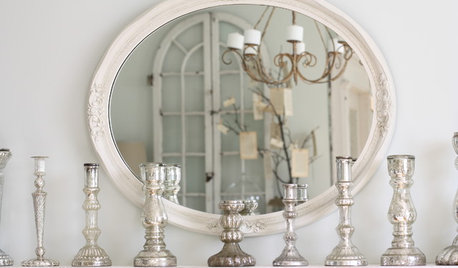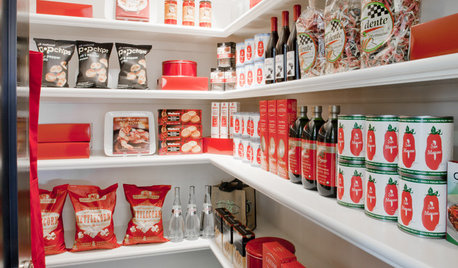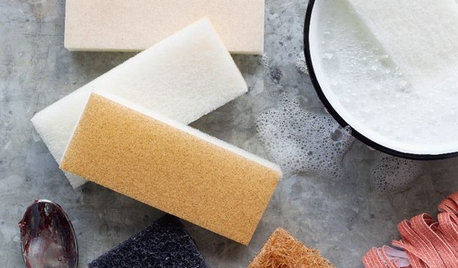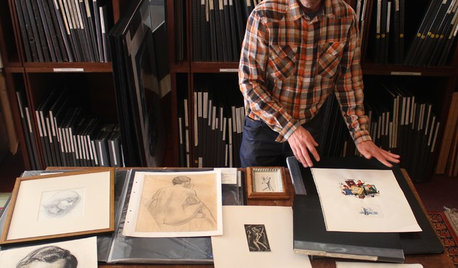How do I clean the wax?
basilmom
19 years ago
Related Stories

HOUSEKEEPINGThe Simple Way to Remove Wax From Candlesticks
Before you make a mess of things, read these easy steps for removing melted wax from your candlesticks
Full Story
KITCHEN STORAGEGet It Done: How to Clean Out the Pantry
Crumbs, dust bunnies and old cocoa, beware — your pantry time is up
Full Story
PRODUCT PICKSGuest Picks: A Tidy Roundup of Cleaning Supplies
Practical and pretty cleansers and cleaning accessories to make housecleaning chores a pleasure
Full Story
HOUSEKEEPINGHow to Clean a Glass Shower Door
See which tools and methods will keep those glass shower walls and doors sparkling clean
Full Story
ARTThe Best Ways to Care for, Clean and Store Art
Keep your treasures on canvas and paper in top shape with this expert advice from two gallery directors
Full Story
KITCHEN DESIGNKitchen Counters: Durable, Easy-Clean Soapstone
Give bacteria the boot and say sayonara to stains with this long-lasting material that's a great choice for kitchen and bath countertops
Full Story
HOUSEKEEPINGHow to Clean Stainless Steel
Protect this popular kitchen material with a consistent but gentle cleaning routine
Full Story
BATHROOM DESIGNGreen and Clean: Ecofriendly Tub and Shower Surrounds
Keep your bathroom beautiful and your footprint green with long-lasting, ecofriendly surface materials
Full Story
HOUSEKEEPING20 Things You Might Be Forgetting to Spring-Clean
Clean these often-neglected areas and your house will look and feel better
Full Story
HOUSEKEEPINGHow to Clean Hardwood Floors
Gleaming wood floors are a thing of beauty. Find out how to keep them that way
Full Story





treebeard
pennsylvania_pete
Related Professionals
Horsham Landscape Architects & Landscape Designers · Simi Valley Landscape Architects & Landscape Designers · Edmond Landscape Contractors · Boca Raton Landscape Contractors · Ellicott City Landscape Contractors · Fort Mill Landscape Contractors · Fountain Valley Landscape Contractors · Lehigh Acres Landscape Contractors · Lyndhurst Landscape Contractors · Matteson Landscape Contractors · Overland Park Landscape Contractors · San Benito Landscape Contractors · South Farmingdale Landscape Contractors · Stony Brook Landscape Contractors · The Woodlands Landscape Contractorsccrb1
ccrb1
basilmomOriginal Author
ccrb1
steveintn
hbgwa
laryanita
jl_cog